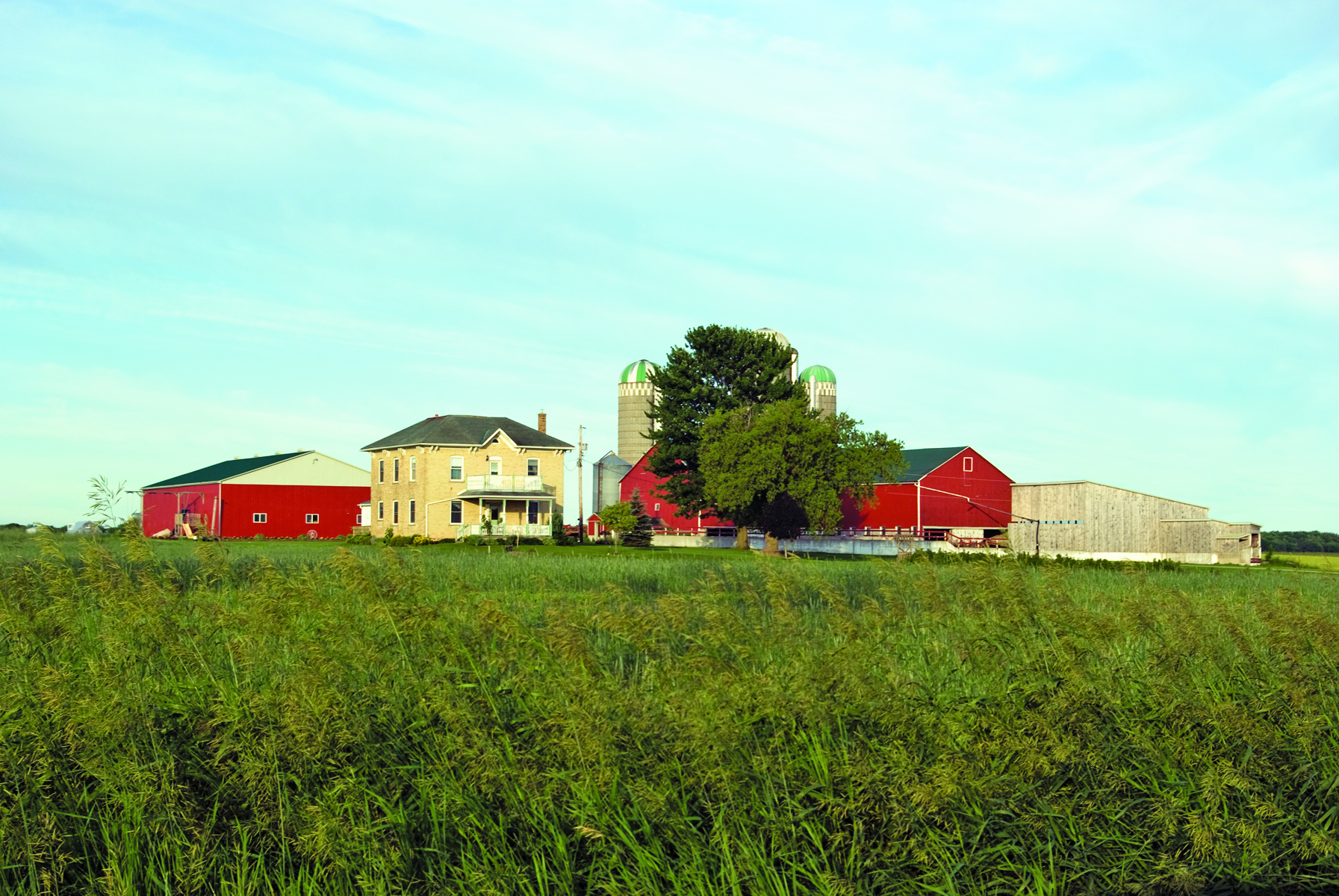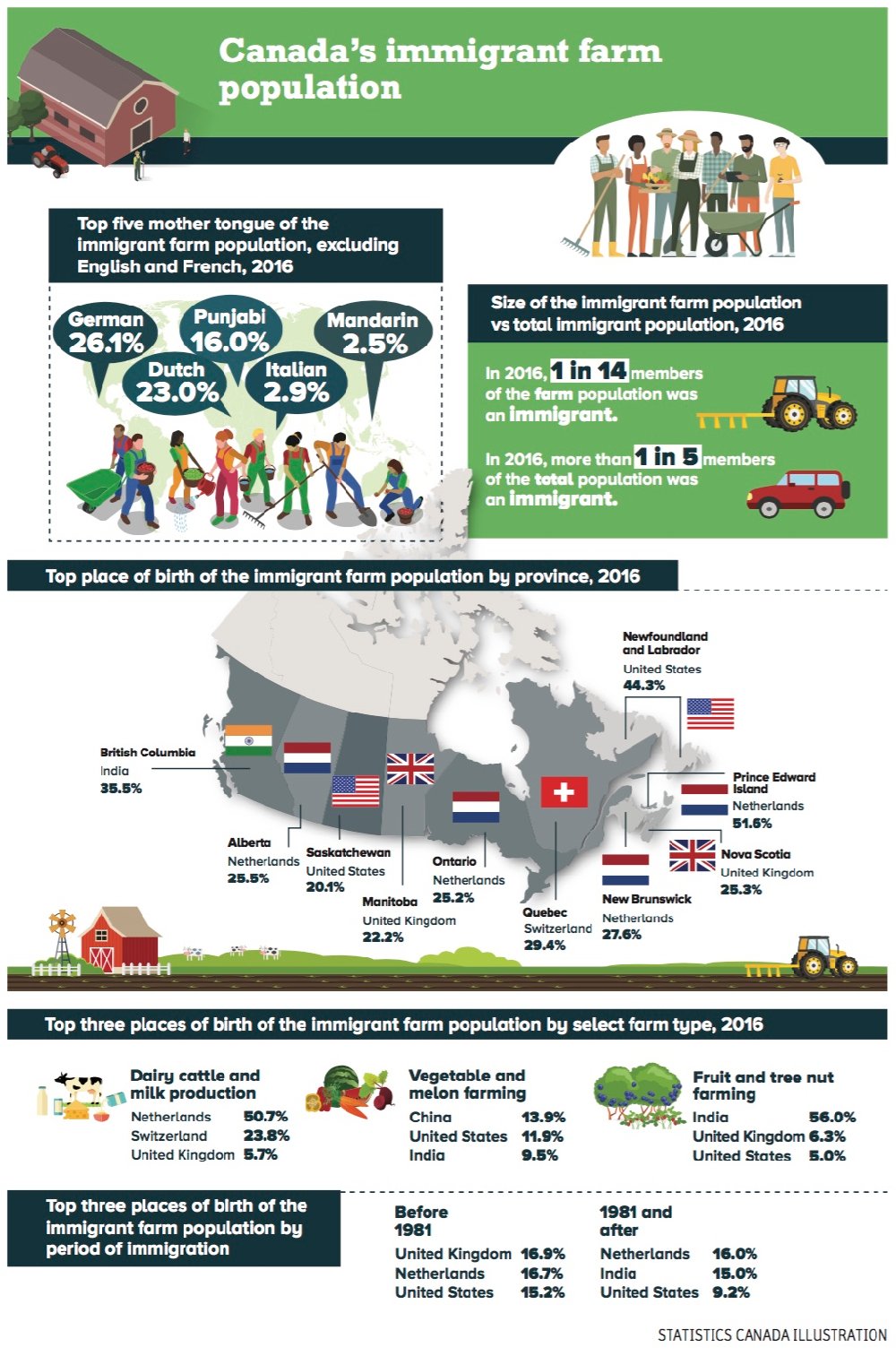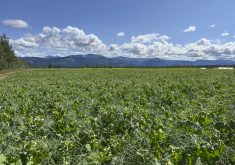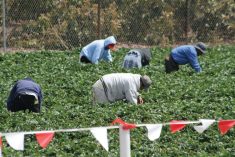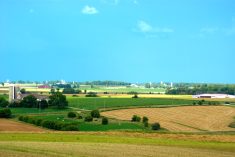Statistics Canada has recently linked the 2016 Census of Agriculture data with household data to come up with several demographic portraits of Canadian farmers.
Here is a look at what the data says on birth origin and education of farmers.
Dutch farmers continue to move to Canada
Canadian farmers overwhelmingly identify themselves as Canadian by birth, according to Statistics Canada data.
The data shows, however, the significant influence that Dutch immigrants have on Canadian farming as the largest contributor of farmers born outside of Canada for most farming segments.
The data also show that the leading areas of birth other than Canadian, for fruit and tree nut farming and greenhouse production are increasingly Asian.
The immigration information confirms what many farmers likely already know. Of the 270,720 farmers that Statistics Canada has recorded, 246,605 of them identify as being Canadian at birth.
Unsurprisingly, Dutch immigrants by birth make up the second largest group, at 4,780. Farmers from the United Kingdom are next at 3,145, then the United States at 2,690 and Germany at 2,225. Next are farmers from India at 1,805.
An examination of the farmer numbers from different production sectors shows the influence of farmers who bring certain skillsets from their countries of origin.
In dairy farming, there are 1,080 farmers born in the Netherlands of the 17,840 dairy farmers in Canada. Dutch farmers are also the largest group born outside of Canada in hog farming as well at 275 of the 4,620 hog farmers in Canada. Dutch farmers are also the largest foreign birth group for poultry, sheep and goat, oilseed and grain and greenhouse production. They are also the highest immigrant group for vegetable and melon farming at 165 of 8,010 farmers in Canada, but Chinese immigrant farmers are a close second at 150.
In tree fruit and nut farming, immigrant farmers from India are well ahead, at 1,420 of 11,895 farmers in Canada
Read Also
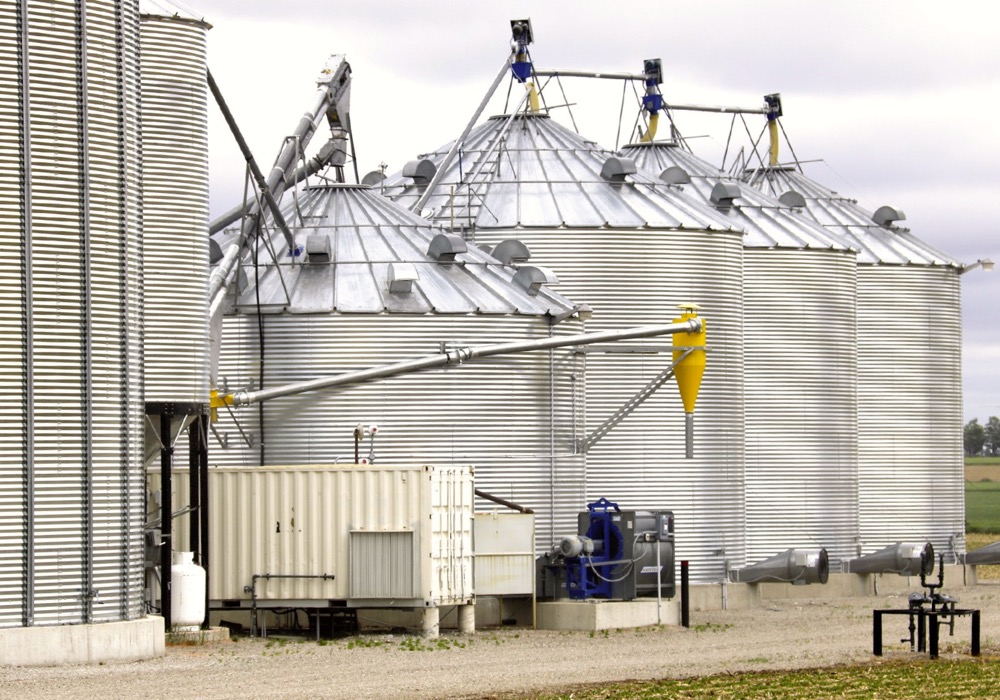
Ontario Agricultural Stewardship Initiative third intake opens in August
Ontario’s Agricultural Stewardship Initiative (ASI)$3 million cost-share program intake opens on Aug. 13 at 9 a.m., helping agriculture, agri-food, and agri-based businesses improve energy efficiency and increase competitiveness, sustainability, and productivity.
High school diploma still most common level of education
Statistics Canada looked at education level of farmers and out of 270,715 farmers, found that 77,705 of them, or 29 per cent of farmers have a secondary school diploma or equivalent. There are 56,735 farmers, or 21 per cent with a college or CEGEP diploma and 39,125 or 15 per cent with a university degree or diploma at the bachelor’s level or above. Farmers with an apprenticeship or trades certificate or diploma make up about 14 per cent of farmers.
And in what sectors do the highest educated farmers work?
About 29 per cent of fruit and tree nut farmers, 25 per cent of greenhouse growers, 24 per cent of vegetable and melon farmers, 18 per cent of sheep and goat farmers and 17 per cent of poultry farmers have a university education.



